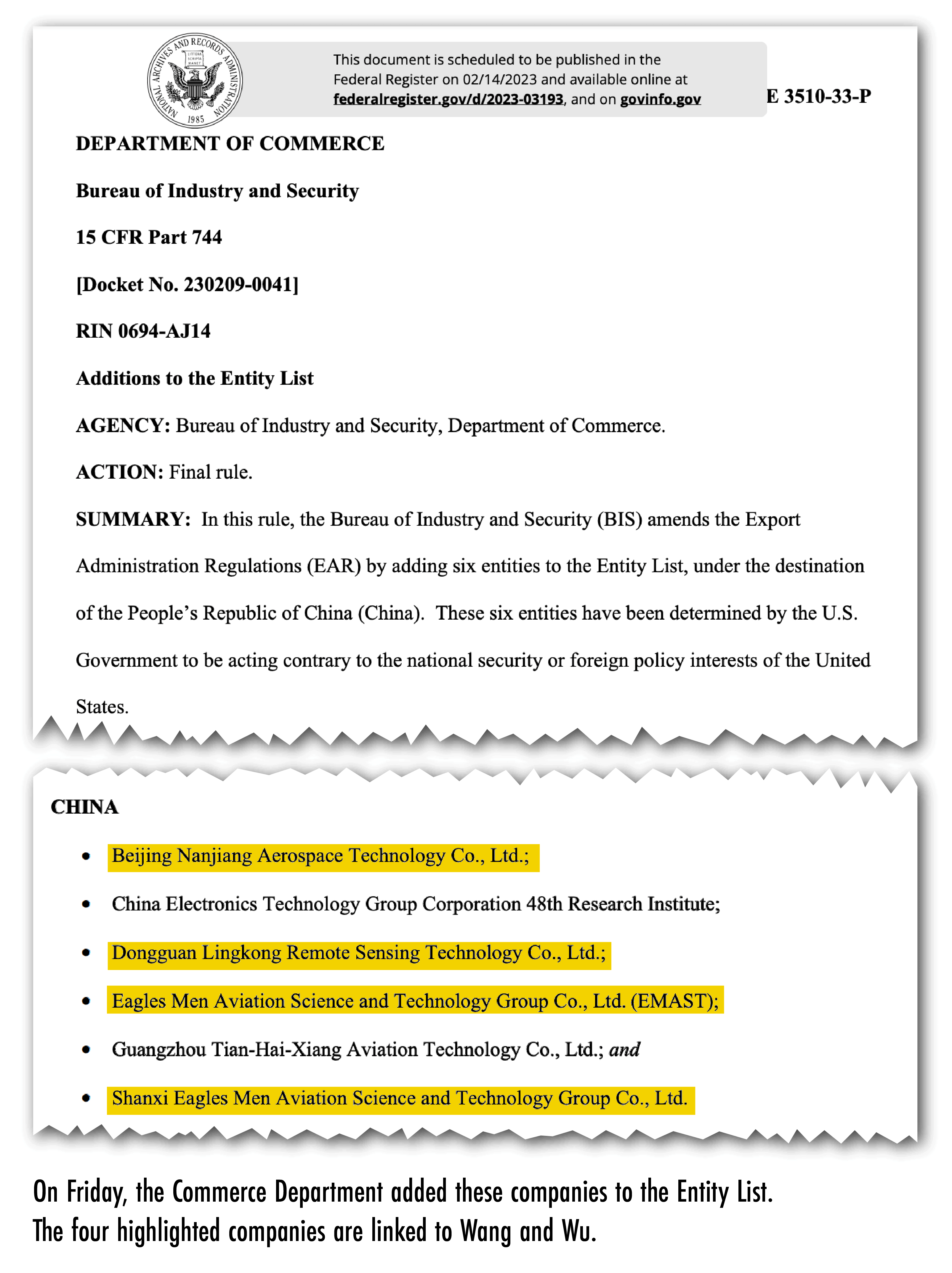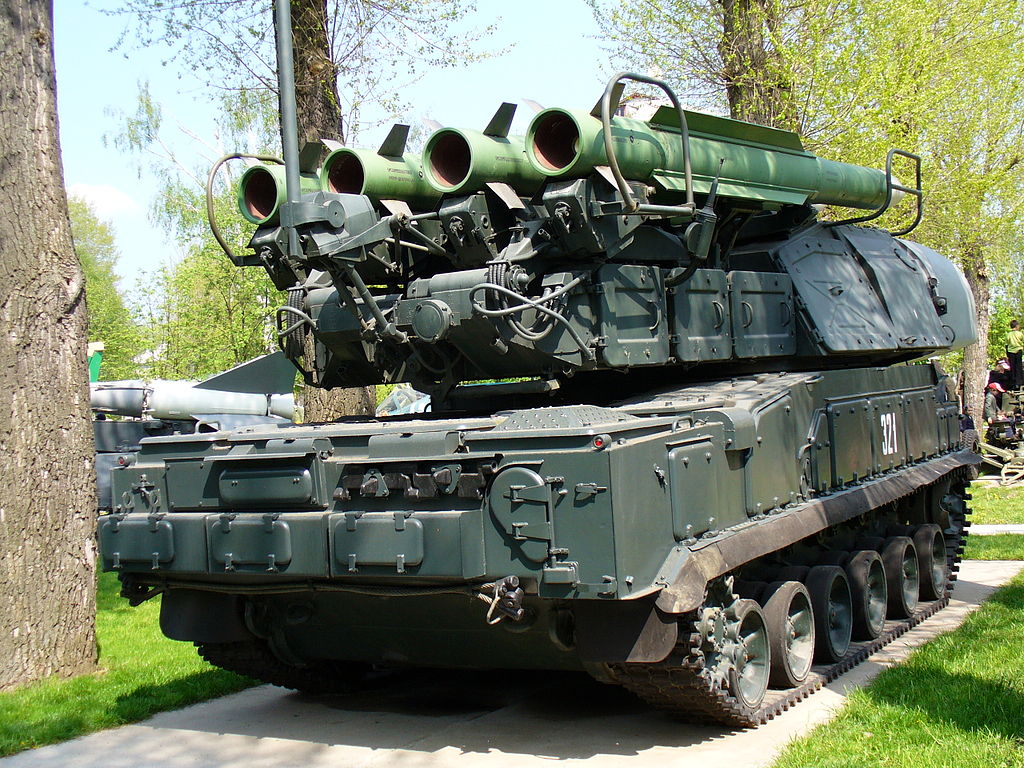It is a major cyber attack discovered by Microsoft. It was discovered while we were all watching that ‘silly spy balloon’ as Biden called it. The attack is called Volt Typhoon, so be on notice America. The Biden White House has said nothing….
Microsoft has uncovered stealthy and targeted malicious activity focused on post-compromise credential access and network system discovery aimed at critical infrastructure organizations in the United States. The attack is carried out by Volt Typhoon, a state-sponsored actor based in China that typically focuses on espionage and information gathering. Microsoft assesses with moderate confidence that this Volt Typhoon campaign is pursuing development of capabilities that could disrupt critical communications infrastructure between the United States and Asia region during future crises.
Volt Typhoon has been active since mid-2021 and has targeted critical infrastructure organizations in Guam and elsewhere in the United States. In this campaign, the affected organizations span the communications, manufacturing, utility, transportation, construction, maritime, government, information technology, and education sectors. Observed behavior suggests that the threat actor intends to perform espionage and maintain access without being detected for as long as possible.
To achieve their objective, the threat actor puts strong emphasis on stealth in this campaign, relying almost exclusively on living-off-the-land techniques and hands-on-keyboard activity. They issue commands via the command line to (1) collect data, including credentials from local and network systems, (2) put the data into an archive file to stage it for exfiltration, and then (3) use the stolen valid credentials to maintain persistence.
***
Dark Reading in part published the following:
China-sponsored threat actors have managed to establish persistent access within telecom networks and other critical infrastructure targets in the US, with the observed purpose of espionage — and, potentially, the ability down the line to disrupt communications in the event of military conflict in the South China Sea and broader Pacific.
The first signs of compromise emerged in telecom networks in Guam, according to a New York Times report ahead of the findings being released. The National Security Agency discovered those intrusions around the same time that the Chinese spy balloon was making headlines for entering US airspace, according to the report. It then enlisted Microsoft to further investigate, eventually uncovering a widespread web of compromises across multiple sectors, with a particular focus on air, communications, maritime, and land transportation targets.
A Shadow Goal? Laying Groundwork for Disruption
The discovery of the activity is playing out against the backdrop of the US’ frosty relations with Beijing; the two superpowers have stalled in their diplomacy since the shooting down of the balloon, and has worsened amidst fears that Russia’s invasion of Ukraine could spur China to do the same in Taiwan.
In the event of a military crisis, a destructive cyberattack on US critical infrastructure could disrupt communications and hamper the country’s ability to come to Taiwan’s aid, the Times report pointed out. Or, according to John Hultquist, chief analyst at Mandiant Intelligence – Google Cloud, a disruptive attack could be used as a proxy for kinetic action.
“These operations are aggressive and potentially dangerous, but they don’t necessarily indicate attacks are looming,” he said in an emailed statement. “A far more reliable indicator for [a] destructive and disruptive cyberattack is a deteriorating geopolitical situation. A destructive and disruptive cyberattack is not just a wartime scenario either. This capability may be used by states looking for alternatives to armed conflict.”
Dubbing such preparations “contingency intrusions,” he added that China is certainly not alone in conducting them — although notably, China-backed APTs are typically far more focused on cyber espionage than destruction.
“Over the last decade, Russia has targeted a variety of critical infrastructure sectors in operations that we do not believe were designed for immediate effect,” Hultquist noted. “Chinese cyber threat actors are unique among their peers in that they have not regularly resorted to destructive and disruptive cyberattacks. As a result, their capability is quite opaque.”
An Observed Focus on Stealth & Spying
To achieve initial access, Volt Typhoon compromises Internet-facing Fortinet FortiGuard devices, a popular target for cyberattackers of all stripes (Microsoft is still examining how they’re being breached in this case). Once inside the box, the APT uses the device’s privileges to extract credentials from Active Directory account and authenticate to other devices on the network. Read more here.










